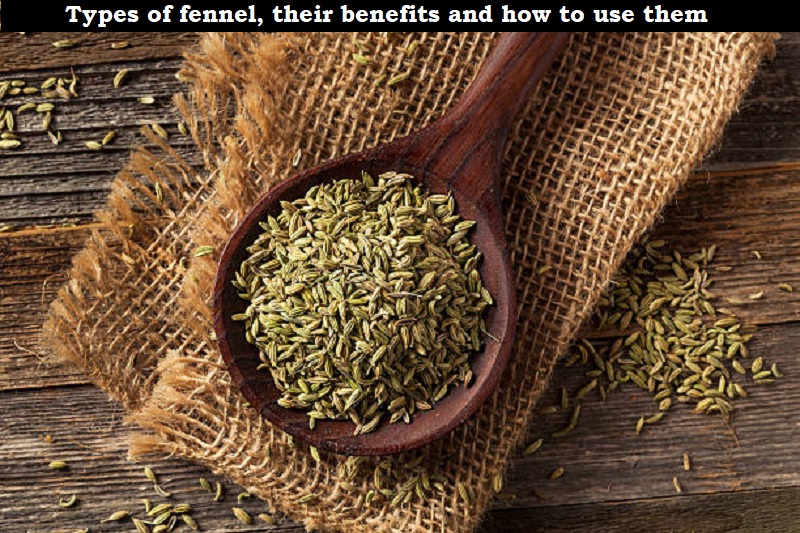
A traditional plant, fennel can be grown as a vegetable and as a herb. Its precise origins are unknown, although it has been utilised as a medicinal plant for thousands of years. However, it is frequently believed to have been introduced by the Romans and to be a native of the Mediterranean and East Asian regions. Historically, the ancient Greeks employed this herb in their cooking practises primarily for its therapeutic properties.
Fennel is a common spice that is used in many Asian cuisines and adds flavour to the food in addition to vegetables and herbs. Because fennel contains the distinctive phytochemical anethole, the flavour is similar to anise and liquorice.
This spice belongs to the Umbelliferae family (Apiaceae) and is closely related to spices such as anise (Pimpinella anisum), caraway (Carum carvi) and dill (Anethum graveolens).
Types of fennel
There are three varieties of fennel – which are used in different ways: common fennel (Foeniculum vulgare var. Vulgare), sweet fennel which is used as a herb (Foeniculum vulgare var. dulce) and the bulb fennel, also known as Florence fennel or finocchio, that is treated as a vegetable (Foeniculum vulgare var. azoricum). With the return of heritage varieties and the development of modern breeding, the diversity of fennel species is greater today than ever before.
Advantages of fennel
Fennel is well known for being high in important vitamins and minerals and for treating infant colic, indigestion, bloating, and other digestive problems. Additionally, fennel can help you have better immunity, blood pressure, and bone health.
How can fennel be used in daily life?
Fennel is typically used in a variety of cuisines as a herb and spice. These herbs, which have a faint licorice flavour, can be used to flavour root vegetables. Additionally, it has been used as a herb in numerous salads.
To obtain some immediate relief from gastrointestinal issues and bloating, you can also make fennel tea. The fennel bulb is often added to salads and pasta for adding texture & flavour to these dishes.

Post Your Comments